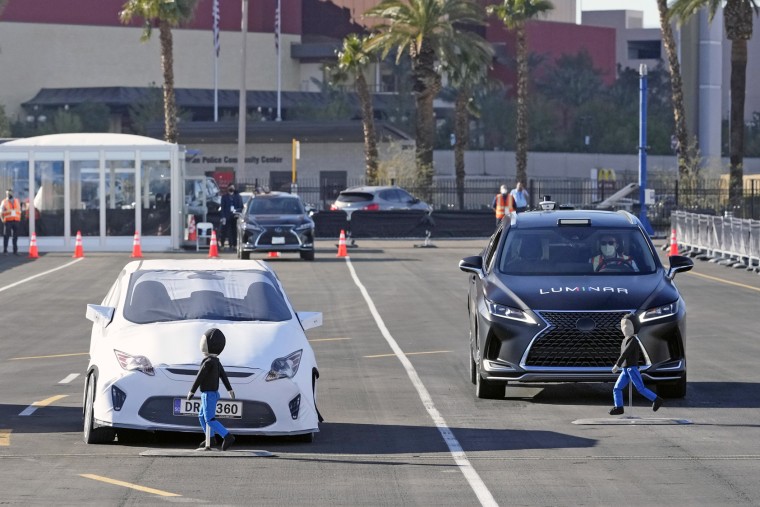The Biden Administration’s latest announcement regarding the mandatory implementation of advanced safety technology in all new cars and trucks has stirred significant interest and debates within the automotive industry and among consumers. The move towards requiring these safety features represents a significant step forward in enhancing road safety and reducing the frequency and severity of accidents on our nation’s roadways.
One of the primary advancements mandated by the administration is the implementation of Automatic Emergency Braking (AEB) systems. AEB technology utilizes sensors, cameras, and radar to detect potential collisions and automatically apply the brakes if the driver fails to do so in time. Studies have shown that vehicles equipped with AEB systems have significantly reduced rear-end collisions, making them a vital addition to modern vehicles for ensuring the safety of both drivers and pedestrians.
Another key safety feature that will now become a standard requirement in all new vehicles is Lane-Keeping Assist (LKA) technology. LKA systems utilize cameras to monitor lane markings and provide gentle steering input to keep the vehicle within its lane. By preventing unintentional lane departures, LKA technology can greatly reduce the risk of accidents caused by distracted or drowsy drivers. The mandatory inclusion of this feature in all new vehicles will undoubtedly contribute to fewer accidents and safer roads.
In addition to AEB and LKA systems, the Biden Administration’s initiative also mandates the inclusion of technologies such as Blind Spot Detection, Adaptive Cruise Control, and Rear Cross-Traffic Alert in all new cars and trucks. These advanced safety features work in tandem to provide drivers with enhanced situational awareness, reduce driver fatigue, and ultimately decrease the likelihood of accidents on the road.
While the implementation of these advanced safety features is a positive step towards improving road safety, some critics have raised concerns about the potential increase in vehicle costs associated with these mandatory additions. Manufacturers may pass on the additional costs of integrating these technologies to consumers, leading to higher prices for new vehicles. However, proponents argue that the long-term benefits of reduced accidents, injuries, and fatalities far outweigh the initial costs.
Overall, the decision by the Biden Administration to require advanced safety technology in all new cars and trucks represents a significant milestone in the ongoing efforts to enhance road safety across the United States. By making these advanced safety features standard requirements, the administration aims to reduce accidents, save lives, and create a safer driving environment for all road users. As technology continues to evolve, it is essential for regulations and standards to keep pace to ensure that vehicles on our roads are equipped with the latest advancements to protect drivers, passengers, and pedestrians alike.
